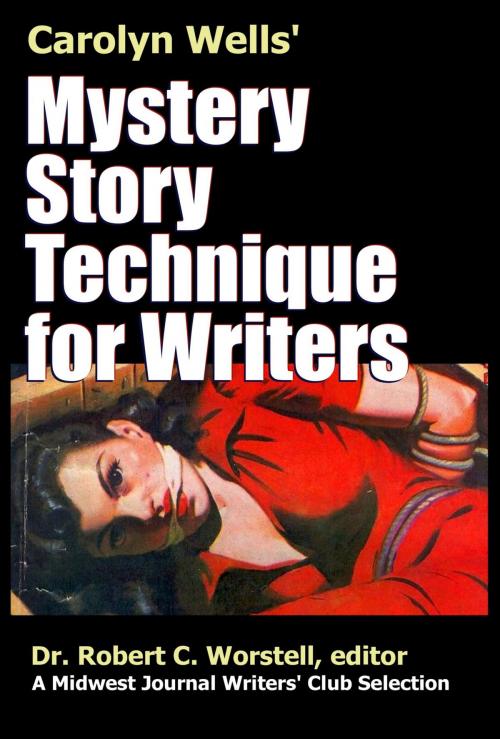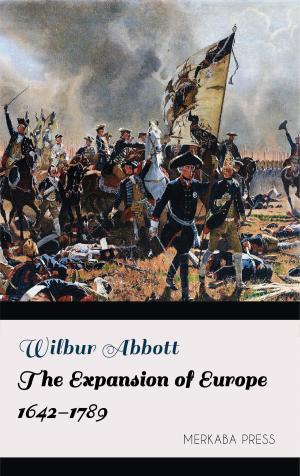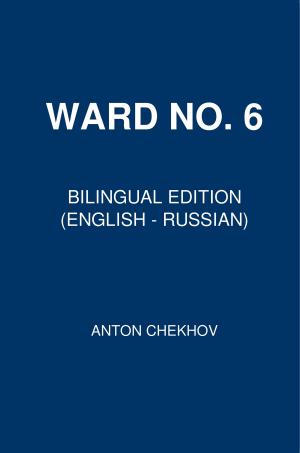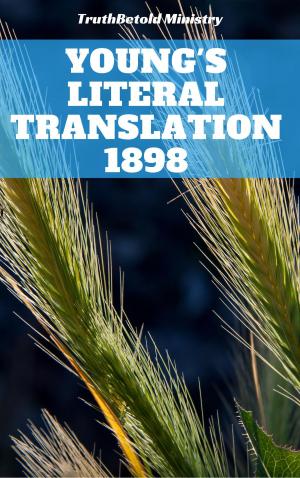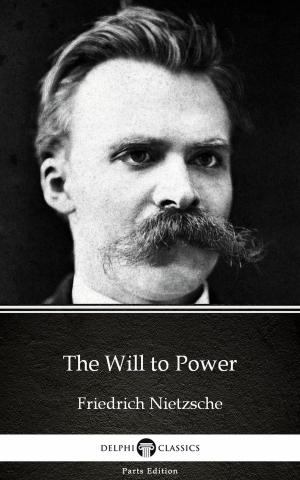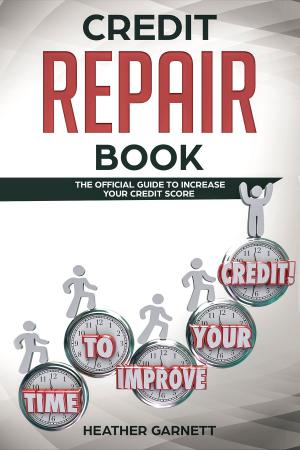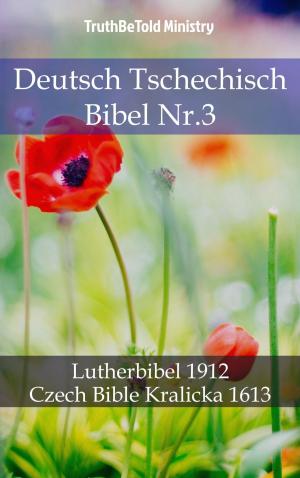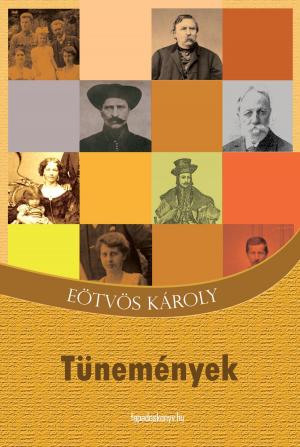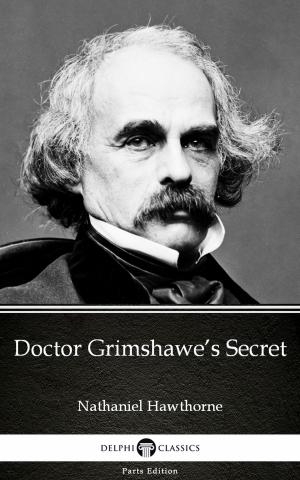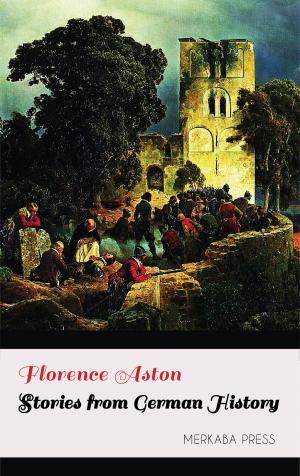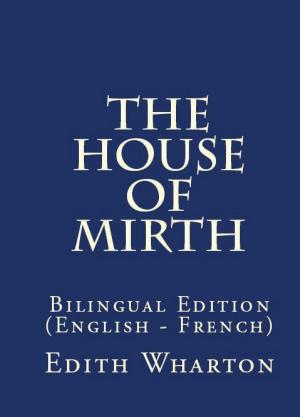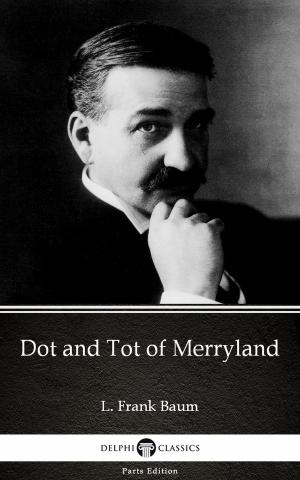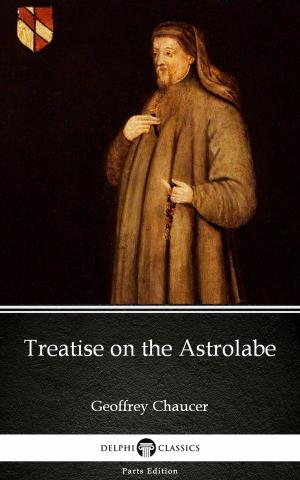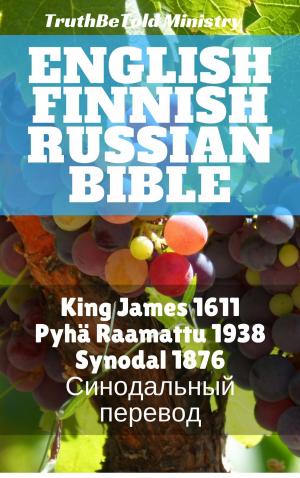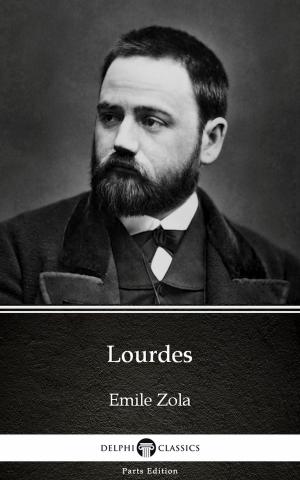Mystery Story Technique for Writers
Nonfiction, Reference & Language, Language Arts, Writing & Publishing, Composition & Creative Writing| Author: | Carolyn Wells | ISBN: | 9781365602924 |
| Publisher: | PublishDrive | Publication: | August 21, 2017 |
| Imprint: | Midwest Journal Press | Language: | English |
| Author: | Carolyn Wells |
| ISBN: | 9781365602924 |
| Publisher: | PublishDrive |
| Publication: | August 21, 2017 |
| Imprint: | Midwest Journal Press |
| Language: | English |
Do you love mystery stories, such as the Sherlock Holmes stories and those of Edgar Allan Poe and Agatha Christie?
Do you ever yearn to be a good writer of mysteries?
Carolyn Wells was a prolific author of mystery novels. In this detailed book, she teaches the history, types, principles, devices, plots, and structures of mystery writings. This is virtually a miniature course in creative writing of the mystery story.
Originally published in 1913, this was the first full-length book in English about mystery and detective fiction. Still valuable as an instruction manual after over a century, Well's wisdom and critical acumen brought to this volume has enabled millions of mystery writers world-wide to discover and dissect what makes a successful mystery story.
She gives advice to would-be authors of this genre, including ghost and riddle stories as well as detective and crime mysteries.
This authoritative work begins with a justification of mystery as a legitimate literary art form, with numerous quotations from authorities. Then proceeding systematically through her topics, she explains and illustrates the mystery-writing craft with excerpts from mystery works and quotations of literary critics and notable authors.
Carolyn Wells wrote a total of more than 170 books. Among the most famous of her mystery novels were the Fleming Stone Detective Stories
The lover of mystery will find many authors and stories cited and excerpted in this book, which would be a good resource for finding more material to satisfy the reader's thirst for the genre.
Aspiring authors will find insights through the critical eyes of this successful mystery author and of the many authors whom she quotes.
This edition was created by popular request to enable any beginning or established author to improve their skills by studying quality editions of classic bestselling fiction.
Get Your Copy Now.
- - - -
In this book the author of those successful mystery stories, ‘The Clue,’ “A Chain of Evidence,’ “Curved Blades’ and others, takes the student into the laboratory where such novels are made and elucidates the processes clearly. But plot is by no means reduced to a formula. Instead, the resource and invention of the writer is stimulated to the utmost.
“It is a book that will be read many times by the ambitious would-be writer.” -The Springfield Union
“I cannot imagine any one leaving it unfinished, once having begun to read it. Yet, when you see it announced as ‘a complete practical study of the form, with examples from the best mystery writers,’ you not only smile, but feel sure that the author smiled, too. The table of contents is delicious. Chapter IV, for instance, is about ghost stories, and it is divided into four parts: a working classification, the ghost story, famous ghost stories, the humorous ghost story. Against attempting the last, by the way, the novice is warned….Miss Wells makes some surprising statements. ‘A true lover of detective fiction,’ she writes, ‘never reads detailed newspaper accounts of crime….Immensely interesting.’” -The Nation
Carolyn Wells was a prolific author of mystery novels. In this detailed book, she teaches the history, types, principles, devices, plots, and structures of mystery writings.
### About the Author
Carolyn Wells was an American author of mysteries, verse, humor, and children's books. In 1910 she decided to devote herself to mysteries and became an early master of the genre, creating two memorable sleuths: Pennington Wise and Fleming Stone. Earlier in her career, she penned two humorous stories featuring Sherlock Holmes and a plethora of other great detectives. She was married to Hadwin Houghton, heir to the Houghton-Mifflin publishing company. She was a collector of poetry by other authors, and, upon her death, she bequeathed her collection of the works of Walt Witman to the Library of Congress.
Why is the detective story? To entertain, to interest, to amuse. It has no deeper intent, no more subtle raison d'être than to give pleasure to its readers.
It has been argued that its "awful examples" (sometimes very awful!), are meant as cautionary pictures to restrain a possible bent toward the commission of crime. It is held by some that the habit of analytical and synthetical reasoning, requisite to appreciate the solving of these fictional mysteries, is of value in training the mind to logical and correct modes of thinking; the practical application of which, in the everyday affairs of life, proves a valuable asset in the worldly struggle for success.
According to Mr. H. E. Dudeney, in the "The Canterbury Puzzles":
"There is really a practical utility in puzzle-solving. Regular exercise is supposed to be as necessary for the brain as for the body, and in both cases it is not so much what we do as the doing of it, from which we derive benefit. Albert Smith, in one of his amusing novels, describes a woman who was convinced that she suffered from 'cobwigs on the brain.' This may be a very rare complaint, but in a more metaphorical sense, many of us are very apt to suffer from mental cobwebs, and there is nothing equal to the solving of puzzles and problems for sweeping them away. They keep the brain alert, stimulate the imagination and develop the reasoning faculties. And not only are they useful in this indirect way, but they often directly help us by teaching us some little tricks and 'wrinkles' that can be applied in the affairs of life at the most unexpected times, and in the most unexpected ways."
There is an interesting passage in praise of puzzles, in the quaint letters of Fitzosborne. Here is an extract: "The ingenious study of making and solving puzzles is a science undoubtedly of most necessary acquirement, and deserves to make a part in the meditation of both sexes. It is an art, indeed, that I would recommend to the encouragement of both the Universities, as it affords the easiest and shortest method of conveying some of the most useful principles of logic. It was the maxim of a very wise prince that 'he who knows not how to dissemble knows not how to reign;' and I desire you to receive it as mine, that 'he who knows not how to riddle knows not how to live.'"
But though all this may be true as a vague result, it is not the author's real purpose. He writes solely for entertainment; presumably the entertainment of his audience, but often equally for the entertainment of himself. (from the book)
Do you love mystery stories, such as the Sherlock Holmes stories and those of Edgar Allan Poe and Agatha Christie?
Do you ever yearn to be a good writer of mysteries?
Carolyn Wells was a prolific author of mystery novels. In this detailed book, she teaches the history, types, principles, devices, plots, and structures of mystery writings. This is virtually a miniature course in creative writing of the mystery story.
Originally published in 1913, this was the first full-length book in English about mystery and detective fiction. Still valuable as an instruction manual after over a century, Well's wisdom and critical acumen brought to this volume has enabled millions of mystery writers world-wide to discover and dissect what makes a successful mystery story.
She gives advice to would-be authors of this genre, including ghost and riddle stories as well as detective and crime mysteries.
This authoritative work begins with a justification of mystery as a legitimate literary art form, with numerous quotations from authorities. Then proceeding systematically through her topics, she explains and illustrates the mystery-writing craft with excerpts from mystery works and quotations of literary critics and notable authors.
Carolyn Wells wrote a total of more than 170 books. Among the most famous of her mystery novels were the Fleming Stone Detective Stories
The lover of mystery will find many authors and stories cited and excerpted in this book, which would be a good resource for finding more material to satisfy the reader's thirst for the genre.
Aspiring authors will find insights through the critical eyes of this successful mystery author and of the many authors whom she quotes.
This edition was created by popular request to enable any beginning or established author to improve their skills by studying quality editions of classic bestselling fiction.
In this book the author of those successful mystery stories, ‘The Clue,’ “A Chain of Evidence,’ “Curved Blades’ and others, takes the student into the laboratory where such novels are made and elucidates the processes clearly. But plot is by no means reduced to a formula. Instead, the resource and invention of the writer is stimulated to the utmost.
“It is a book that will be read many times by the ambitious would-be writer.” -The Springfield Union
“I cannot imagine any one leaving it unfinished, once having begun to read it. Yet, when you see it announced as ‘a complete practical study of the form, with examples from the best mystery writers,’ you not only smile, but feel sure that the author smiled, too. The table of contents is delicious. Chapter IV, for instance, is about ghost stories, and it is divided into four parts: a working classification, the ghost story, famous ghost stories, the humorous ghost story. Against attempting the last, by the way, the novice is warned…. Miss Wells makes some surprising statements. ‘A true lover of detective fiction,’ she writes, ‘never reads detailed newspaper accounts of crime….Immensly interesting.’” -The Nation
Get Your Copy Now.
Do you love mystery stories, such as the Sherlock Holmes stories and those of Edgar Allan Poe and Agatha Christie?
Do you ever yearn to be a good writer of mysteries?
Carolyn Wells was a prolific author of mystery novels. In this detailed book, she teaches the history, types, principles, devices, plots, and structures of mystery writings. This is virtually a miniature course in creative writing of the mystery story.
Originally published in 1913, this was the first full-length book in English about mystery and detective fiction. Still valuable as an instruction manual after over a century, Well's wisdom and critical acumen brought to this volume has enabled millions of mystery writers world-wide to discover and dissect what makes a successful mystery story.
She gives advice to would-be authors of this genre, including ghost and riddle stories as well as detective and crime mysteries.
This authoritative work begins with a justification of mystery as a legitimate literary art form, with numerous quotations from authorities. Then proceeding systematically through her topics, she explains and illustrates the mystery-writing craft with excerpts from mystery works and quotations of literary critics and notable authors.
Carolyn Wells wrote a total of more than 170 books. Among the most famous of her mystery novels were the Fleming Stone Detective Stories
The lover of mystery will find many authors and stories cited and excerpted in this book, which would be a good resource for finding more material to satisfy the reader's thirst for the genre.
Aspiring authors will find insights through the critical eyes of this successful mystery author and of the many authors whom she quotes.
This edition was created by popular request to enable any beginning or established author to improve their skills by studying quality editions of classic bestselling fiction.
Get Your Copy Now.
- - - -
In this book the author of those successful mystery stories, ‘The Clue,’ “A Chain of Evidence,’ “Curved Blades’ and others, takes the student into the laboratory where such novels are made and elucidates the processes clearly. But plot is by no means reduced to a formula. Instead, the resource and invention of the writer is stimulated to the utmost.
“It is a book that will be read many times by the ambitious would-be writer.” -The Springfield Union
“I cannot imagine any one leaving it unfinished, once having begun to read it. Yet, when you see it announced as ‘a complete practical study of the form, with examples from the best mystery writers,’ you not only smile, but feel sure that the author smiled, too. The table of contents is delicious. Chapter IV, for instance, is about ghost stories, and it is divided into four parts: a working classification, the ghost story, famous ghost stories, the humorous ghost story. Against attempting the last, by the way, the novice is warned….Miss Wells makes some surprising statements. ‘A true lover of detective fiction,’ she writes, ‘never reads detailed newspaper accounts of crime….Immensely interesting.’” -The Nation
Carolyn Wells was a prolific author of mystery novels. In this detailed book, she teaches the history, types, principles, devices, plots, and structures of mystery writings.
### About the Author
Carolyn Wells was an American author of mysteries, verse, humor, and children's books. In 1910 she decided to devote herself to mysteries and became an early master of the genre, creating two memorable sleuths: Pennington Wise and Fleming Stone. Earlier in her career, she penned two humorous stories featuring Sherlock Holmes and a plethora of other great detectives. She was married to Hadwin Houghton, heir to the Houghton-Mifflin publishing company. She was a collector of poetry by other authors, and, upon her death, she bequeathed her collection of the works of Walt Witman to the Library of Congress.
Why is the detective story? To entertain, to interest, to amuse. It has no deeper intent, no more subtle raison d'être than to give pleasure to its readers.
It has been argued that its "awful examples" (sometimes very awful!), are meant as cautionary pictures to restrain a possible bent toward the commission of crime. It is held by some that the habit of analytical and synthetical reasoning, requisite to appreciate the solving of these fictional mysteries, is of value in training the mind to logical and correct modes of thinking; the practical application of which, in the everyday affairs of life, proves a valuable asset in the worldly struggle for success.
According to Mr. H. E. Dudeney, in the "The Canterbury Puzzles":
"There is really a practical utility in puzzle-solving. Regular exercise is supposed to be as necessary for the brain as for the body, and in both cases it is not so much what we do as the doing of it, from which we derive benefit. Albert Smith, in one of his amusing novels, describes a woman who was convinced that she suffered from 'cobwigs on the brain.' This may be a very rare complaint, but in a more metaphorical sense, many of us are very apt to suffer from mental cobwebs, and there is nothing equal to the solving of puzzles and problems for sweeping them away. They keep the brain alert, stimulate the imagination and develop the reasoning faculties. And not only are they useful in this indirect way, but they often directly help us by teaching us some little tricks and 'wrinkles' that can be applied in the affairs of life at the most unexpected times, and in the most unexpected ways."
There is an interesting passage in praise of puzzles, in the quaint letters of Fitzosborne. Here is an extract: "The ingenious study of making and solving puzzles is a science undoubtedly of most necessary acquirement, and deserves to make a part in the meditation of both sexes. It is an art, indeed, that I would recommend to the encouragement of both the Universities, as it affords the easiest and shortest method of conveying some of the most useful principles of logic. It was the maxim of a very wise prince that 'he who knows not how to dissemble knows not how to reign;' and I desire you to receive it as mine, that 'he who knows not how to riddle knows not how to live.'"
But though all this may be true as a vague result, it is not the author's real purpose. He writes solely for entertainment; presumably the entertainment of his audience, but often equally for the entertainment of himself. (from the book)
Do you love mystery stories, such as the Sherlock Holmes stories and those of Edgar Allan Poe and Agatha Christie?
Do you ever yearn to be a good writer of mysteries?
Carolyn Wells was a prolific author of mystery novels. In this detailed book, she teaches the history, types, principles, devices, plots, and structures of mystery writings. This is virtually a miniature course in creative writing of the mystery story.
Originally published in 1913, this was the first full-length book in English about mystery and detective fiction. Still valuable as an instruction manual after over a century, Well's wisdom and critical acumen brought to this volume has enabled millions of mystery writers world-wide to discover and dissect what makes a successful mystery story.
She gives advice to would-be authors of this genre, including ghost and riddle stories as well as detective and crime mysteries.
This authoritative work begins with a justification of mystery as a legitimate literary art form, with numerous quotations from authorities. Then proceeding systematically through her topics, she explains and illustrates the mystery-writing craft with excerpts from mystery works and quotations of literary critics and notable authors.
Carolyn Wells wrote a total of more than 170 books. Among the most famous of her mystery novels were the Fleming Stone Detective Stories
The lover of mystery will find many authors and stories cited and excerpted in this book, which would be a good resource for finding more material to satisfy the reader's thirst for the genre.
Aspiring authors will find insights through the critical eyes of this successful mystery author and of the many authors whom she quotes.
This edition was created by popular request to enable any beginning or established author to improve their skills by studying quality editions of classic bestselling fiction.
In this book the author of those successful mystery stories, ‘The Clue,’ “A Chain of Evidence,’ “Curved Blades’ and others, takes the student into the laboratory where such novels are made and elucidates the processes clearly. But plot is by no means reduced to a formula. Instead, the resource and invention of the writer is stimulated to the utmost.
“It is a book that will be read many times by the ambitious would-be writer.” -The Springfield Union
“I cannot imagine any one leaving it unfinished, once having begun to read it. Yet, when you see it announced as ‘a complete practical study of the form, with examples from the best mystery writers,’ you not only smile, but feel sure that the author smiled, too. The table of contents is delicious. Chapter IV, for instance, is about ghost stories, and it is divided into four parts: a working classification, the ghost story, famous ghost stories, the humorous ghost story. Against attempting the last, by the way, the novice is warned…. Miss Wells makes some surprising statements. ‘A true lover of detective fiction,’ she writes, ‘never reads detailed newspaper accounts of crime….Immensly interesting.’” -The Nation
Get Your Copy Now.
